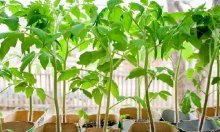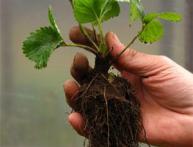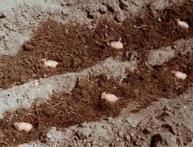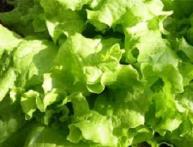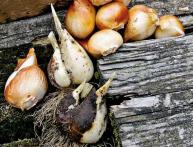Tomato seedlings - proper cultivation and planting in the ground
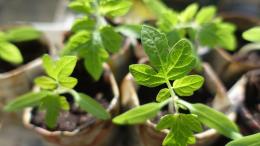
Not every gardener decides to grow tomatoes. Many or do not have the opportunity to place greenhouses on the site, or there is simply not enough time or energy to bother with germinating seeds, growing seedlings, and caring for adult plants.
Content:
But those who still plant their own tomatoes, I think, do not regret it at all! After all, vegetables grown with your own hands are always tastier and healthier than store-bought ones.
Tomatoes are a fairly familiar vegetable crop; it would seem that everything about it has long been known. But still, many gardeners face problems growing it. Therefore, it is necessary once again to dwell on what is probably the main stage of cultivation - this is tomato seedlings. After all, plant tomatoes straight into the ground is possible only in a very warm climate, which central Russia does not indulge in. Therefore, tomatoes are mainly grown through seedlings.
Preparing seeds for planting
Sow tomato seeds both dry and after soaking. The second method allows the seeds to pre-swell in water, which speeds up their germination rate.
Before sowing, you need to carefully inspect the seeds and separate out any defective ones. This can be done in a saline solution: add 30-40 grams of table salt to 1 liter of water and place tomato seeds in it for about ten minutes.
Then you need to throw away all those seeds that remained floating on the surface, and select the sunken seeds and rinse them with clean water.
After this, the seeds need to create conditions for swelling. To do this you need:
- take saucers or plates, place damp paper napkins or cloth in them, place seeds on top;
- cover the containers with lids so that the moisture does not evaporate quickly and place in a warm place for about 10-20 hours;
- swollen seeds should be sown immediately, and not after some time.
If the seeds are completely fresh, then preparatory soaking may not be necessary, since fresh tomato seeds have fairly good germination.
How to choose soil for seedlings
You can grow tomato seedlings in several types of soil. It can be used as a mixture of turf and humus soil, taken in equal proportions, or you can also use purchased mixtures intended for vegetables.
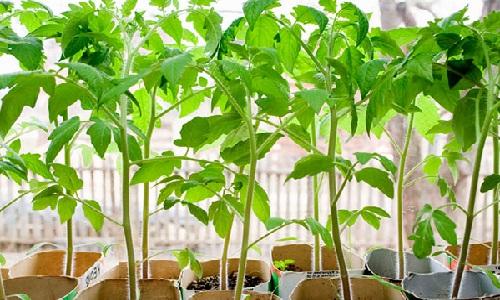
In any case, the soil for tomato seedlings should be light and loose. This can be achieved by adding leavening agents such as peat or sawdust.
Seedlings develop very well in coconut substrate. Shredded coconut fiber is rich in nutrients and very rarely causes plants to rot. In such conditions, seedlings grow very strong, develop well, and have a healthy and well-developed root system.
Peat tablets also perform well. They are very convenient, because when growing seedlings in them, you can avoid picking, and, therefore, possible damage to the roots, which can lead to the death of the plants.
Another undoubted advantage of the tablets is that you can sow a couple, or even three or four seeds at once, in one, which significantly saves space for seedlings.
Growing seedlings
If we take into account all the activities for germination, emergence of seedlings, and the like, then tomato seeds should be sown for seedlings around mid-March - on the 15th-20th.
If you decide to use seedling boxes, then the seeds should be planted in shallow (05.-1.0 cm) holes and sprinkled with soil, after which the box should be covered with film or some kind of lid.
The timing of seed germination depends on the variety of tomatoes, the temperature in the improvised greenhouse and, of course, the quality of the seed material. But on average, at +25 degrees, seedlings appear within a week.
Immediately after emergence, it is necessary to provide the seedlings with sufficient lighting. Without it, the sprouts will become very elongated and have weak stems. Tomatoes are very demanding of light, so daylight hours should not be less than 12-16 hours a day. It is often even recommended to provide round-the-clock supplementary lighting for the first 2-5 days.
During the day it is advisable to maintain a temperature of +18-20 degrees, and at night reduce it to +14-16.
Excessive waterlogging is extremely undesirable, since tomato sprouts can rot very quickly. It is often even recommended not to water the seedlings at all until the first leaf appears on them. If the soil is very dry, you can sprinkle it with water.
In the future, tomato seedlings require watering once a week, and when each plant has at least five true leaves, you can switch to watering once every three to four days.
Tomato seedlings are afraid of spring temperature drops and frosts, so they are planted in open ground when warm weather sets in without a sharp drop in temperature.

